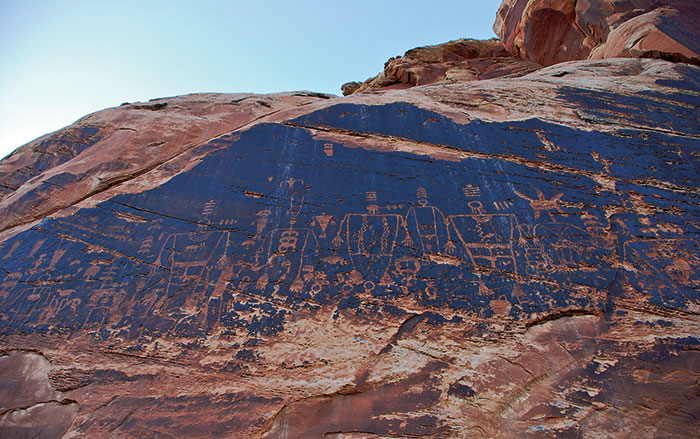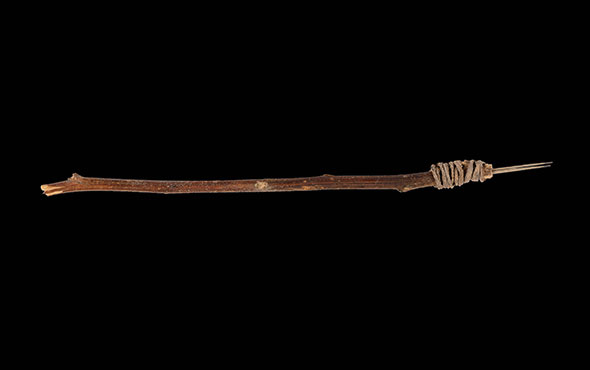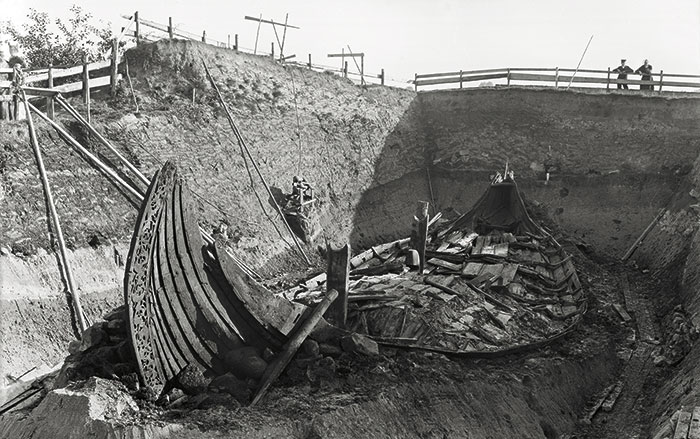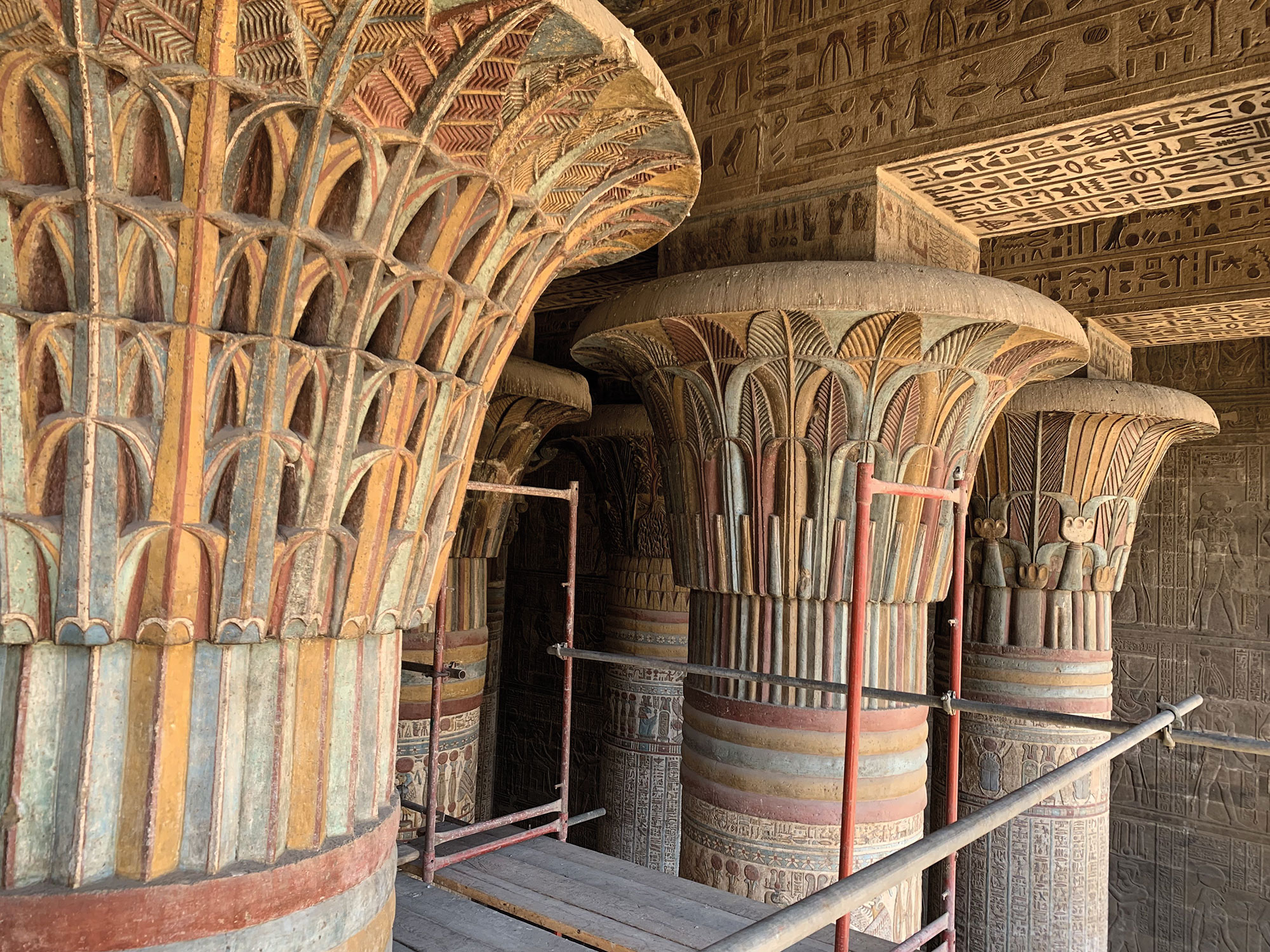Ask Utah State Archaeologist Kevin Jones what his favorite overlooked site is and he'll tell you that, without a doubt, it is Cave Towers.
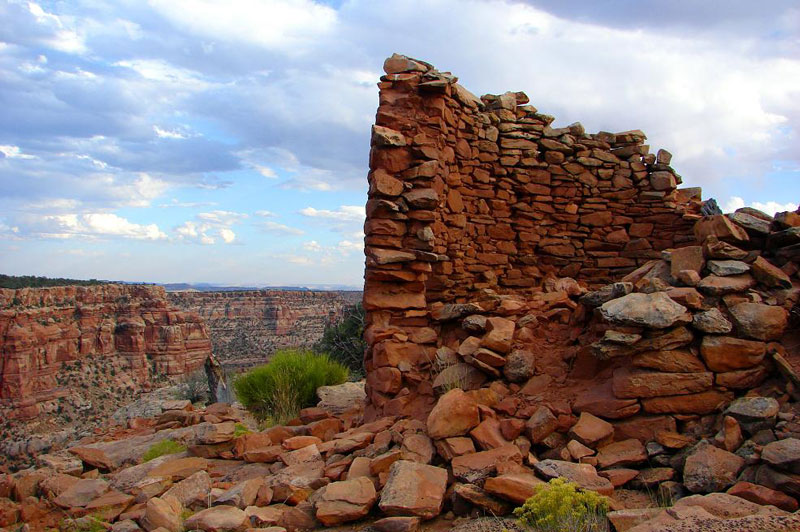
The site Cave Towers, also referred to as Mule Canyon Towers, is named for seven large Anasazi, or Ancestral Puebloan, stone towers that were built around A.D. 1200 at the head of a deep gorge on Cedar Mesa in southeastern Utah. Rising amid piñyon and juniper, the towers may have been defensive works, perhaps associated with dwellings built into nearby cliffs. Jones says the site has an unusual power to engage visitors' imaginations, and that should you visit, you will find yourself wondering just who these people were, and why they chose to build towers around this remote gorge.
Keep in mind Cave Towers is an extremely fragile site. The towers need stabilization and there are no signs or paths at the site. Jones cautions visitors not to lean on the masonry and, of course, never take any artifacts.
Other places of interest Jones says Hovenweep National Monument, some 40 miles from Cave Towers, is one place not to miss. The park protects six prehistoric Ancestral Puebloan-era villages spread over a 20-mile expanse of mesa tops and canyons along the Utah-Colorado border. Another place not to miss is the nearby Edge of the Cedars State Park, the site of an Ancestral Puebloan ruin and a museum that has an excellent collection of pottery.
While you're there Cave Towers is 20 miles from the towns of Blanding and Bluff, where there are several hotels. If you find yourself in downtown Bluff, says Jones, you must treat yourself to a meal at the San Juan River Kitchen, which has an organic garden and serves meat that is hormone- and antibiotic-free, a big surprise in a town as small as this.


